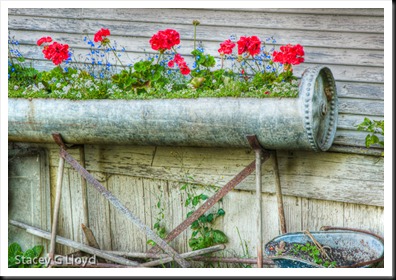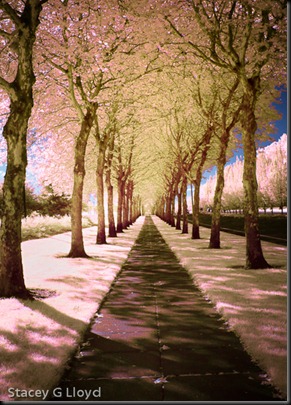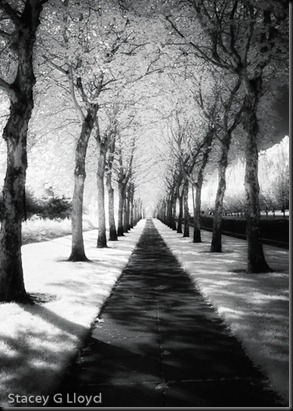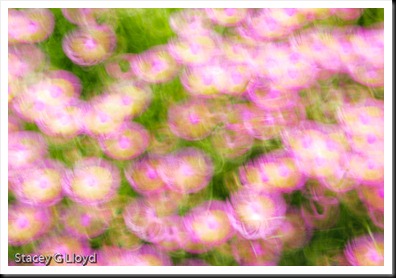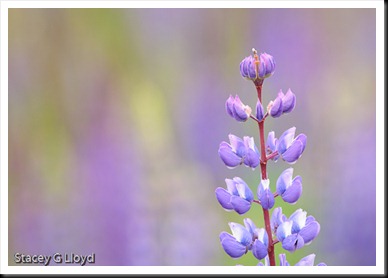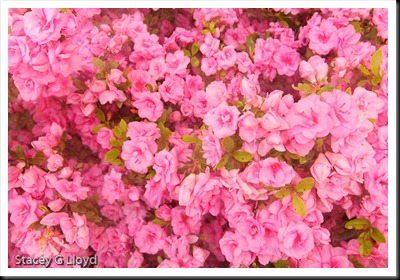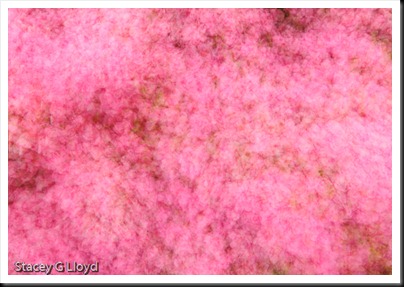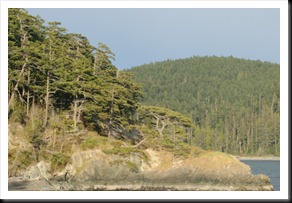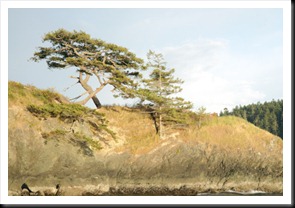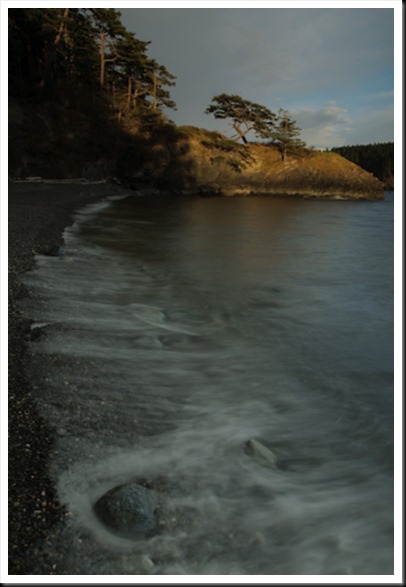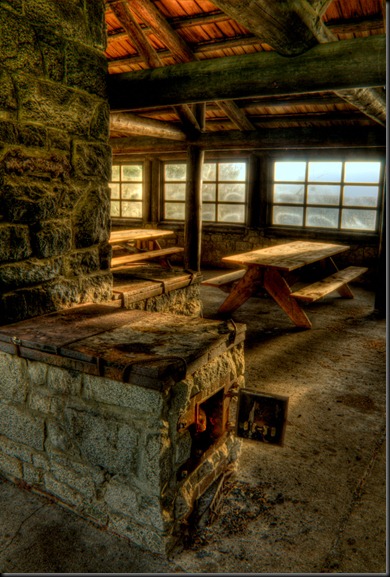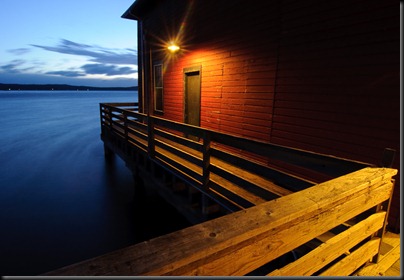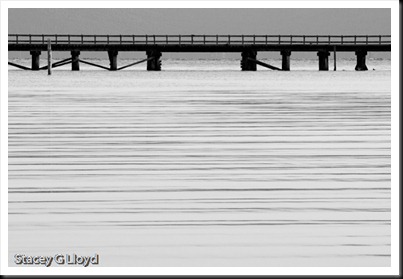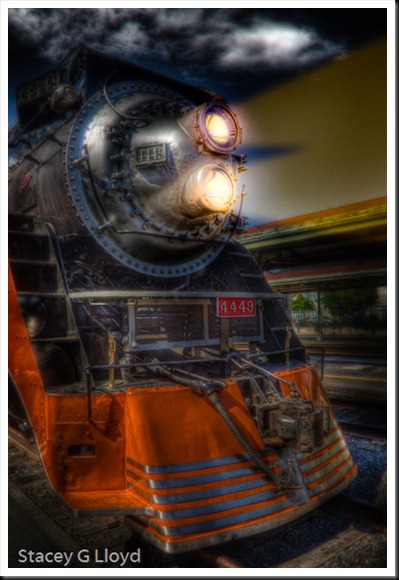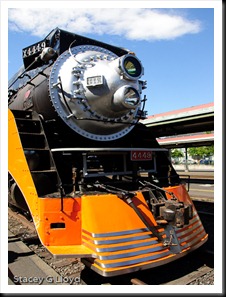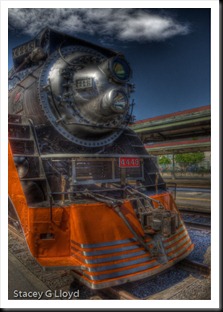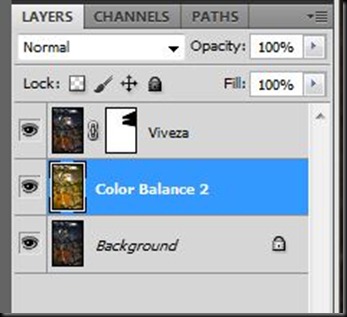Two blogs ago I talked about the need now and then to stop and clean up your image library or archive. Here are some additional suggestions on deciding which images to keep or reject:
-
Exposure – is it so off you can’t hope to get a good print. Blown out highlights, blacked out shadows (not recoverable), etc.
-
Sharpness – this covers out of focus images or images with camera or subject motion. Inspect the image at 100 percent. Is it sharp where it needs to be? If not toss it.
-
Composition – is the subject clearly defined? Are there distractions that can’t be readily cloned out?
-
Light – is the light dull or inappropriate for the image?
-
Impact – does the images say more than “I was there”. Is it creative?
-
Comparison – do you have better shots of the subject? Does this add a new perspective? A better one?
Here are some other questions I ask myself.
-
Would I ever print this?
-
Would I show this to another photographer I respect?
-
Does this image make me look like a better photographer?
Blog image: A container of geraniums shot using 3 exposure HDR. Processed with Photomatix and Nik Soft Color Efx Pro plugins.

